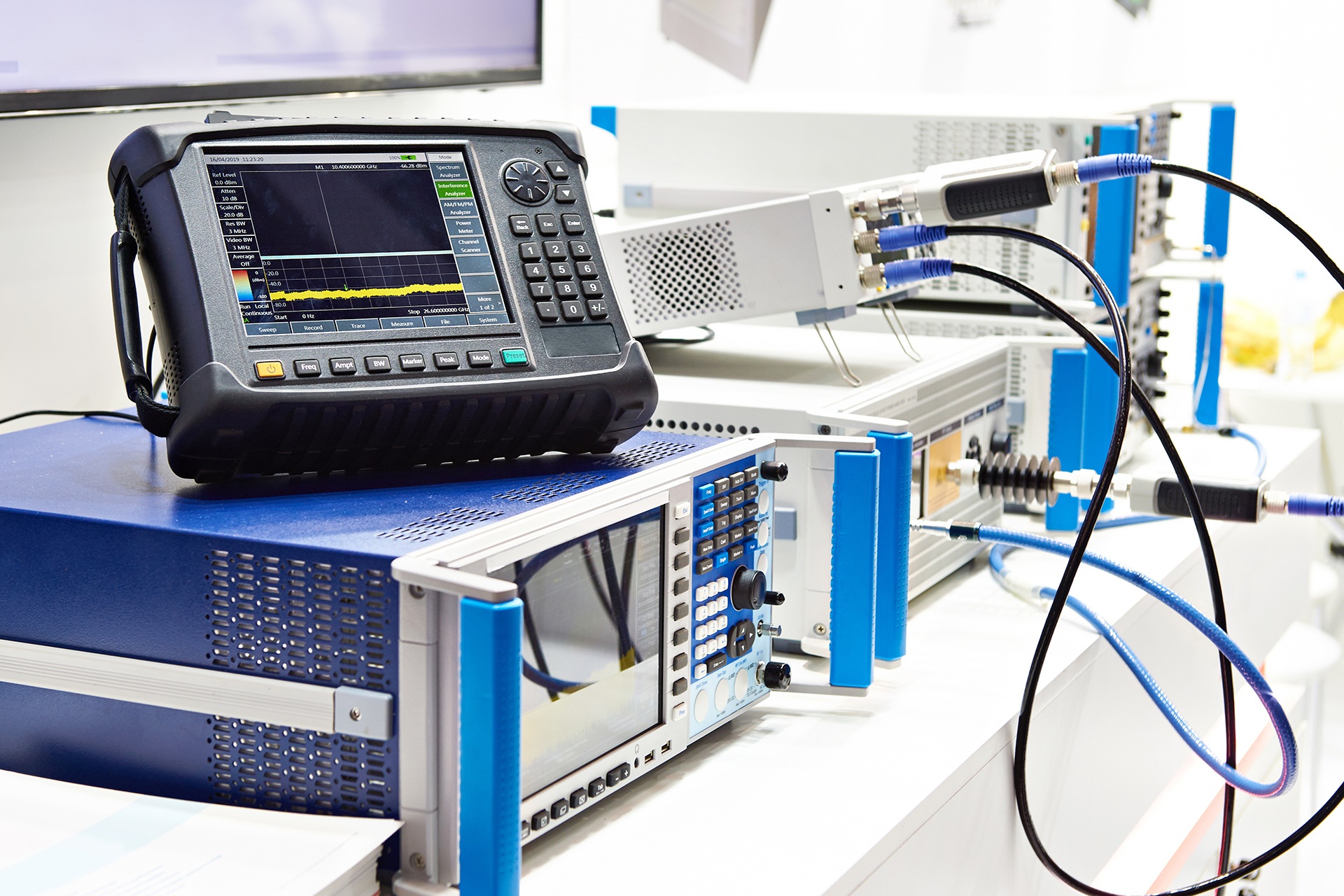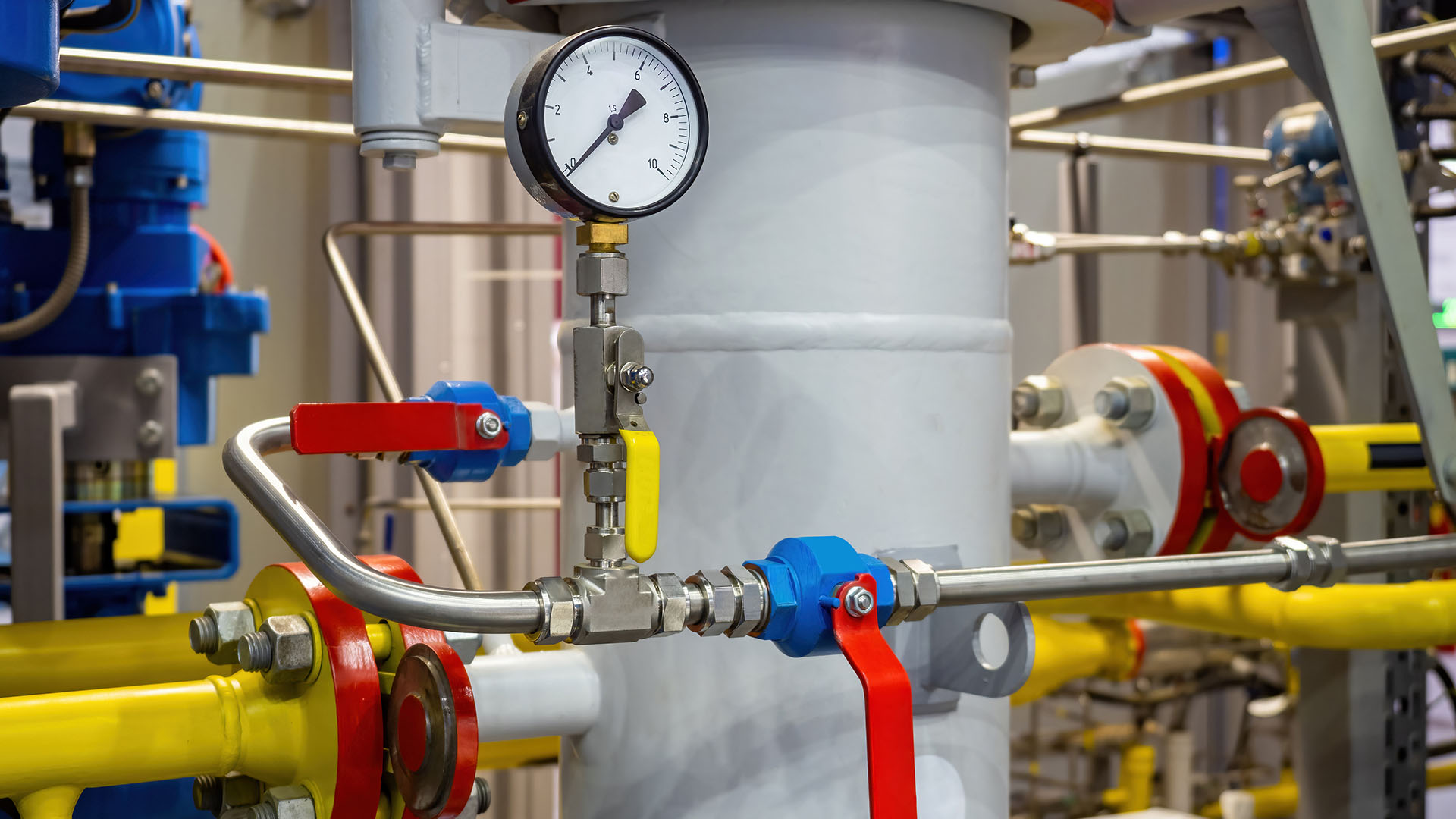Accuracy is vital in manufacturing, and yearly CMM verification is a key part of that puzzle. By ensuring your Coordinate Measuring Machines consistently operate within specified tolerances, you’re not just maintaining quality control; you’re also identifying potential issues before they escalate.
This structured approach can make a significant difference in your operations, but many overlook its importance. What happens if you skip this essential step? The implications might be more significant than you think, and exploring those consequences could reshape your approach to quality assurance.
Understanding CMM Verification
When it comes to understanding CMM Verification, you should know that it’s all about guaranteeing your Coordinate Measuring Machine performs as it should. This process confirms that your CMM is delivering accurate measurements, meeting industry standards, and maintaining compliance with essential quality control measures.
The verification process involves a thorough performance assessment, where a technician measures known artifacts and compares these results to your machine’s stated specifications.
Regular calibration is vital here; it helps you maintain the machine’s accuracy and reliability. By following a standardized calibration process, often based on the ISO 10360 series, you guarantee that the CMM consistently operates within its defined limits.
During verification, the technician will also conduct routine checks using everyday artifacts to monitor performance over time.
Preventive maintenance plays a significant role in this process, preventing issues from escalating. A well-managed verification schedule, recommended at least annually, supports not just compliance but also the integrity of your measurement standard.
Frequency Recommendations
Regular verification plays a pivotal role in maintaining the accuracy of your CMM, but understanding how often to conduct these checks is just as important.
Based on industry standards and firsthand experience, here are some frequency recommendations:
- Annual Verification: It’s advisable to perform a full verification once a year. This guarantees your CMM meets its machine specifications and provides reliable measurement results.
- Interim Checks: For heavily used machines, consider conducting interim checks every six months. These checks help catch any discrepancies before they affect the quality of your programs with time.
- Quality Department Recommendations: Consult your quality departments for any additional checks they might recommend based on their role in quality assurance. They may suggest more frequent verifications depending on your specific environment.
Implementing these recommendations not only helps maintain the accuracy of your CMM but also strengthens your commitment to quality and compliance in your manufacturing processes.
Regular checks improve your confidence in measurement data and support your overall quality objectives.
Benefits of Yearly Verification
Conducting yearly CMM verification offers numerous benefits that reinforce the accuracy and reliability of your measurement processes. First, it guarantees that your coordinate measuring machines are performing within specified tolerances, minimizing the risk of inaccurate measurements. This reliability is essential for maintaining effective quality inspection programs, giving you confidence in your dimensional measurement instruments.
By adhering to an annual calibration schedule, you can establish a consistent calibration frequency that corresponds with industry standards. This regular verification process helps identify any deviations early, allowing you to address issues before they escalate. Utilizing error maps generated during verification can reveal patterns that inform your measurement plan and improve overall accuracy.
Moreover, relying on an industry expert for your yearly verification can boost your CMM’s performance, assuring compliance with best practices. This commitment to precision not only safeguards your production quality but also streamlines your operations, reducing waste and rework.
Ultimately, embracing yearly verification positions your organization to deliver superior products while maintaining a competitive edge in the market.
Verification vs. Calibration
Understanding the difference between verification and calibration is vital for maintaining the accuracy and reliability of your CMM. While these terms are often used interchangeably, they serve distinct purposes in your measurement process.
Verification confirms that your CMM is performing within its specified limits. It involves evaluating the machine’s accuracy by measuring known artifacts and comparing those results to the expected specifications.
On the other hand, calibration is the process of adjusting the CMM to guarantee it meets those specifications. If your machine falls short during verification, calibration steps in to make necessary adjustments, ensuring that your measurements are accurate.
Both verification and calibration are essential for your operations, but they focus on different aspects. Verification provides confidence that your CMM’s performance is consistent, while calibration helps maintain that performance over time.
Regularly performing both processes helps you catch any discrepancies early, minimizing potential errors in your measurements.
Ensuring Compliance and Accuracy
Ascertaining compliance and accuracy in your Coordinate Measuring Machine (CMM) involves a proactive approach to verification. Regular checks not only confirm your machine’s performance but also help you maintain industry standards.
Here are three key practices you should adopt:
- Routine Performance Checks: Regularly assess your CMM’s accuracy using known artifacts. This helps you identify any deviations from specified tolerances before they lead to larger issues.
- Standardized Procedures: Follow established verification protocols, such as those outlined in the ISO 10360 series. Consistency in your methods ascertains reliable results and promotes compliance with industry regulations.
- Documentation and Traceability: Maintain detailed records of all verification activities. This documentation serves as objective evidence of your CMM’s compliance and can be invaluable during audits or quality assurance reviews.
The Critical Role of Annual CMM Verification in Manufacturing Excellence
To summarize, yearly CMM verification is essential for maintaining measurement accuracy and ensuring compliance with industry standards. By committing to this regular process, you not only improve your operational efficiency but also build greater confidence in your measurement data. It’s a proactive step that helps you catch potential issues early, supporting your overall quality control objectives.
Don’t underestimate the value of verification—it’s a key investment in your manufacturing success. Contact EML Calibration today to get started on CMM Verification!





